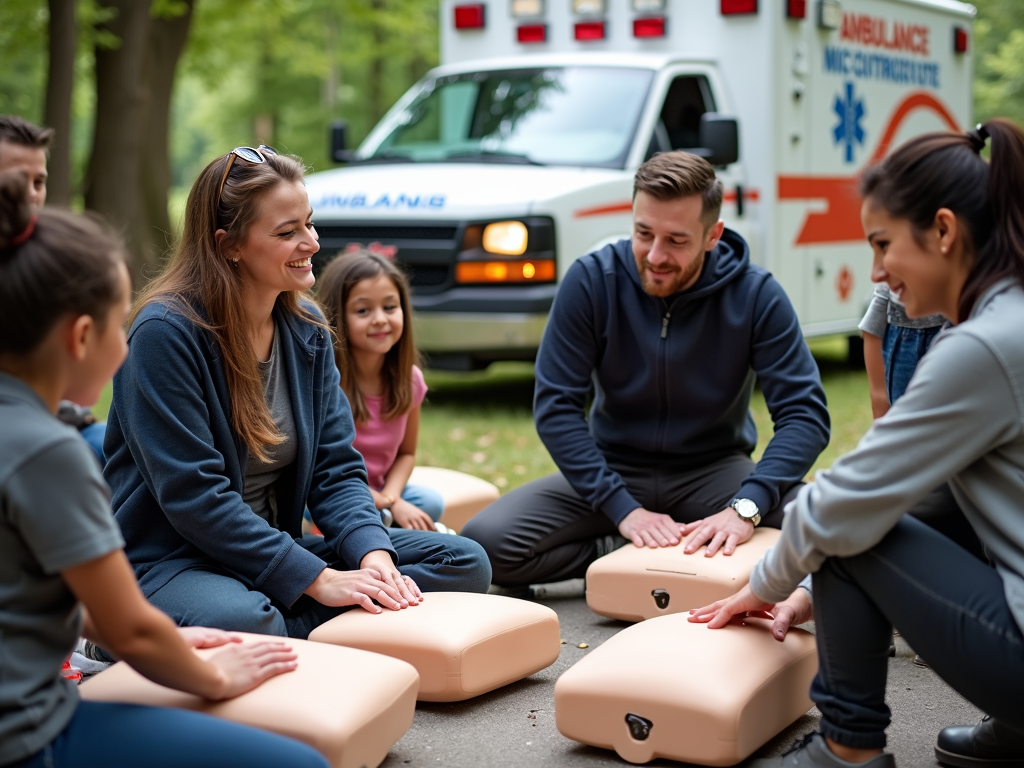Overview
Health disparities in metropolitan areas affect millions, driven by social and economic factors. Improving urban emergency medical services is key to addressing these gaps, ensuring access to care in emergency situations, and achieving health equity for all.
Living in a big city can mean different things for different people. For some, it’s opportunity and excitement. For others, it’s a struggle to get basic healthcare. Addressing health disparities in metropolitan areas is about fixing this gap. It’s about making sure everyone, no matter their background, gets the care they need when it matters most—like during a heart attack or a car accident. Right now, too many people face delays or barriers that put their lives at risk.

The Reality of Health Disparities Today
In cities, health outcomes often depend on where you live or how much money you make. Data shows this clearly. For example, a 2020 study found that Black and Hispanic residents in U.S. cities were up to twice as likely to die from preventable conditions compared to white residents. Why? Factors like poverty, limited transportation, and fewer nearby hospitals play a huge role. I’ve seen this myself—once, a friend in a low-income neighborhood waited 20 minutes for an ambulance while another in a wealthier area got help in under 10. That difference can be life or death.
These disparities aren’t just numbers. They’re real people—parents, kids, workers—who suffer because the system isn’t built to serve everyone equally. Emergency situations make this even clearer. When every second counts, delays or poor care hit the most vulnerable the hardest.

How Emergency Medical Services Fit In
Improving urban emergency medical services (EMS) is a big part of the solution. EMS teams are the first responders who bridge the gap between a crisis and a hospital. They’re the ones who stabilize a patient, stop the bleeding, or restart a heart. But in cities, they face tough challenges. Traffic jams can slow them down. Overcrowded hospitals might force them to reroute. And sometimes, they don’t have enough resources—like ambulances or trained staff—to meet the demand.
Here’s a quick look at some common EMS challenges in metropolitan areas:
| Challenge | Impact |
|--------------------------|-------------------------------------|
| Traffic congestion | Delays response times |
| Limited funding | Fewer ambulances or staff |
| Language barriers | Miscommunication with patients |
This table shows why improving urban EMS isn’t just about adding more trucks—it’s about solving bigger problems.

Personal Take: Why This Matters
I remember a day when my neighbor collapsed in our apartment building. The ambulance took 15 minutes to arrive—15 minutes of panic and helplessness. Later, I learned that in richer parts of the city, the average wait was half that. It hit me hard: access to care in emergency situations shouldn’t depend on your zip code. That experience drives me to care about this issue. Better EMS could’ve made a difference that day, and it can for millions of others too.
Solutions That Work
So, how do we fix this? Start with smarter systems. Advanced dispatch technology can use real-time traffic data to find the fastest routes for ambulances. Training EMS workers in cultural sensitivity and basic phrases in common languages can break down communication barriers. And hiring more staff—or even community volunteers—can boost response capacity. These steps aren’t just ideas; they’re proven to work in cities that have tried them.

Beyond EMS, we need to tackle the root causes of health disparities. Affordable housing means families aren’t stuck in areas far from hospitals. Better public transit gets people to clinics before emergencies happen. Education programs can teach communities how to spot warning signs and call for help early. It’s a team effort—healthcare workers, city leaders, and residents all have a part to play.
Here are some practical strategies to improve urban EMS:
- Use apps to track ambulance locations in real time
- Offer free first-aid classes in underserved neighborhoods
- Partner with local groups to spread health resources
- Push for funding to hire and train more EMS staff
These steps can save lives and build trust in the system.

The Bigger Picture: Health Equity
Health equity isn’t just a buzzword—it’s the goal. It means everyone gets a fair shot at a healthy life, no matter where they live or what they earn. Improving urban emergency medical services is a huge step toward that. When EMS works well, it levels the playing field. A single mom in a tough neighborhood gets the same fast, quality care as a CEO downtown. That’s what access to care should look like.
But it takes more than EMS upgrades. It’s about changing how cities work—making them places where health isn’t a privilege. I’ve talked to paramedics who say they feel the weight of this every day. They want to help everyone, but they need support to do it. Giving them that support is on all of us.

Wrapping Up
Addressing health disparities in metropolitan areas is a tough challenge, but it’s worth it. By improving urban emergency medical services and ensuring access to care in emergency situations, we move closer to health equity. It’s about real people getting real help when they need it most. With smart solutions and teamwork, we can make cities healthier and fairer for everyone.
Discuss Here